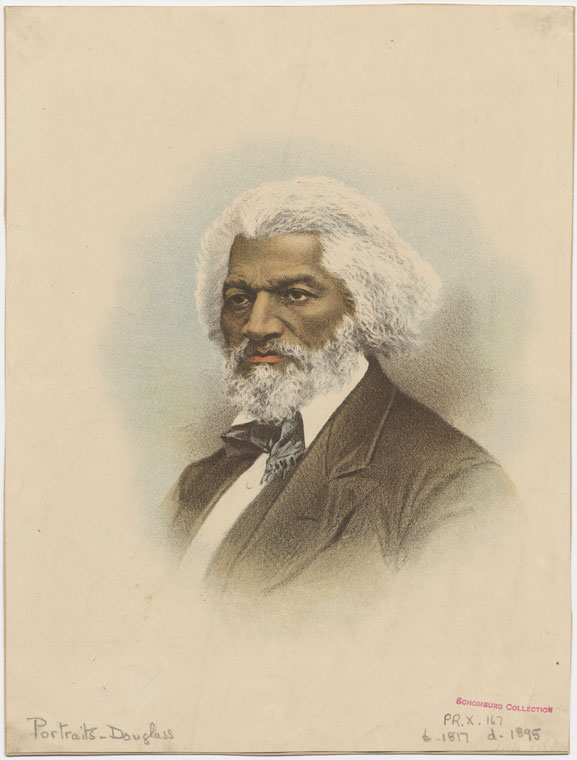Liberty Matters
Timing Is Everything
 Dr. Buccola's thoughtful response regarding "Frederick Douglass and the Right and Duty to Resist" asks us to consider a number of very important questions that Douglass's words and actions generate. In this, the first of my series of brief commentaries on Buccola's response, I am inclined to agree with his conclusion that it benefits us little to evaluate the "prudence" of those words and actions by ripping them from their temporal context and judging them from a 21st-century perspective.
Dr. Buccola's thoughtful response regarding "Frederick Douglass and the Right and Duty to Resist" asks us to consider a number of very important questions that Douglass's words and actions generate. In this, the first of my series of brief commentaries on Buccola's response, I am inclined to agree with his conclusion that it benefits us little to evaluate the "prudence" of those words and actions by ripping them from their temporal context and judging them from a 21st-century perspective.Slavery "provides" (to us today) and "provide[d] [at the time] a means to construct a sense of unity among men and women whose experience has become [or was] increasingly diverse and who, with the emergence of new minorities in the United States, are [or were] threatened with political marginalization."[45] However, beyond that "sense of unity" – the sense of belonging to the antislavery community as that community is broadly understood – abolitionists lived many different lives and brought to that community myriad life experiences. And what those men and women experienced played an immense role in shaping the contributions that they made to the antislavery community. Every day residents of the border states were exposed to slavery-related pressures unique to that region;[46] life in urban areas, such as Boston and New York, was fundamentally different from life on the rural, western frontier; men and women lived very different lives and were expected (in terms of both social norms and legal dictates) to fulfill very different roles;[47] and, perhaps most profoundly, there was no way to compare the life experiences of blacks and whites in 19th-century America. Just as there is no way to compare the life experiences of Americans in the 1850s to our life experiences in 2017.
Historians must view the words and actions of everyabolitionist through the lens of "experience."[48] And sometimes those views leave us with more questions than answers. That, I believe, is a good thing, because it frequently pushes us to go beyond our comfort zones and to venture into territory that, with the passing of time, mercifully, we will never have to experience first hand.
Postscript: this, and my other contributions to this follow-up discussion, are dedicated to the memory of Professor Michael Morrison (1948-2017), a great teacher, mentor, and scholar, from whom I am blessed to have learned so much about the forces of antislavery and abolitionism during the period of the Early American Republic. RIP, Mike.
Endnotes
[45.] Ira Berlin, "American Slavery in History and Memory and the Search for Social Justice," Journal of American History (2004), 1259.
[46.] Generally see Stanley Harrold, Border War: Fighting over Slavery before the Civil War (Chapel Hill, NC: University of North Carolina Press, 2013).
[47.] Generally see Julie Roy Jeffrey, The Great Silent Army of Abolitionism: Ordinary Women in the Antislavery Movement (Chapel Hill, NC: University of North Carolina Press, 1998). This book also emphasizes the general importance of looking at abolitionism as a very diverse movement; as Professor Jeffrey notes, some women were radical feminist abolitionists, but the vast majority of them were not.
[48.] Berlin, "American Slavery in History and Memory."
Copyright and Fair Use Statement
“Liberty Matters” is the copyright of Liberty Fund, Inc. This material is put on line to further the educational goals of Liberty Fund, Inc. These essays and responses may be quoted and otherwise used under “fair use” provisions for educational and academic purposes. To reprint these essays in course booklets requires the prior permission of Liberty Fund, Inc. Please contact oll@libertyfund.org if you have any questions.